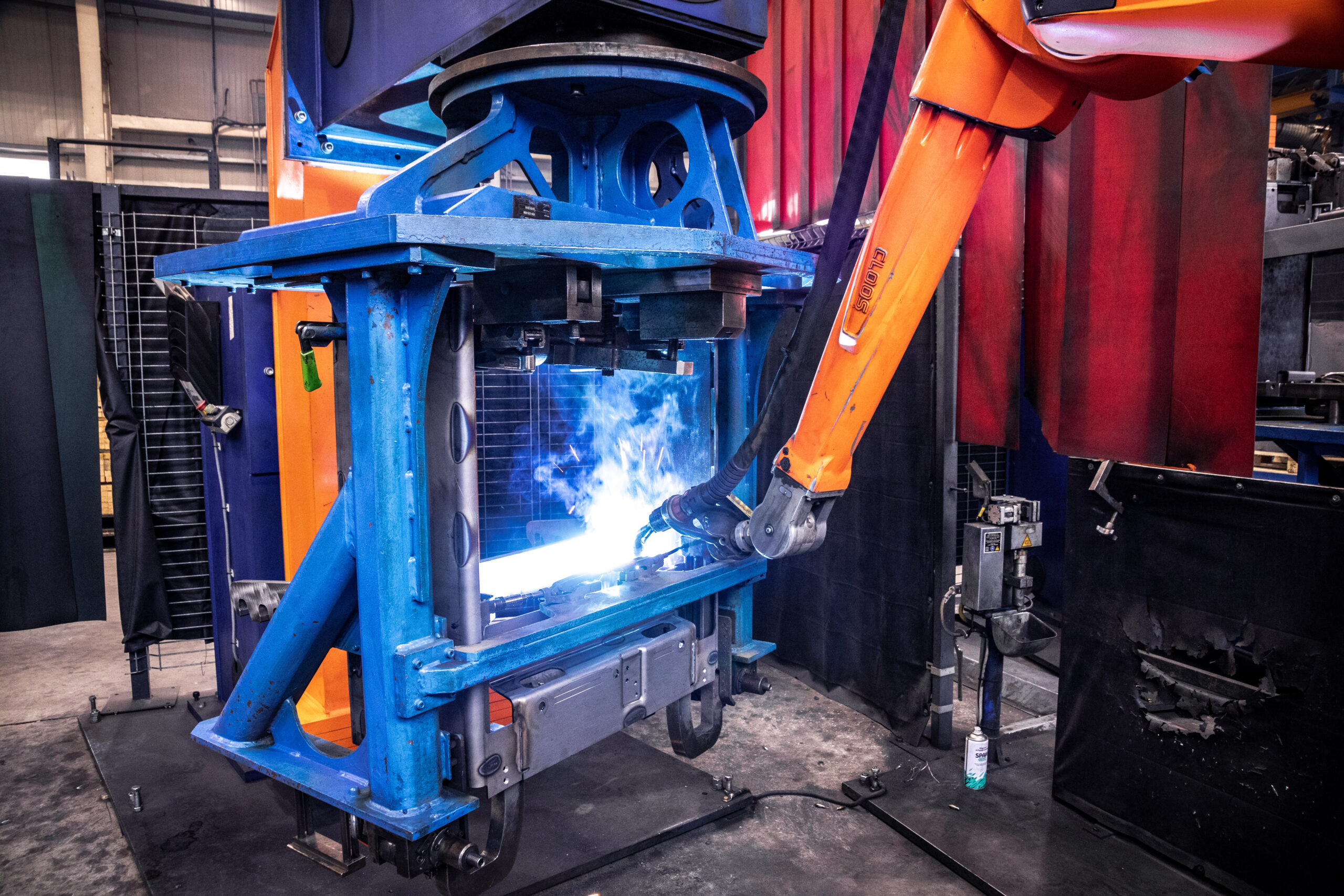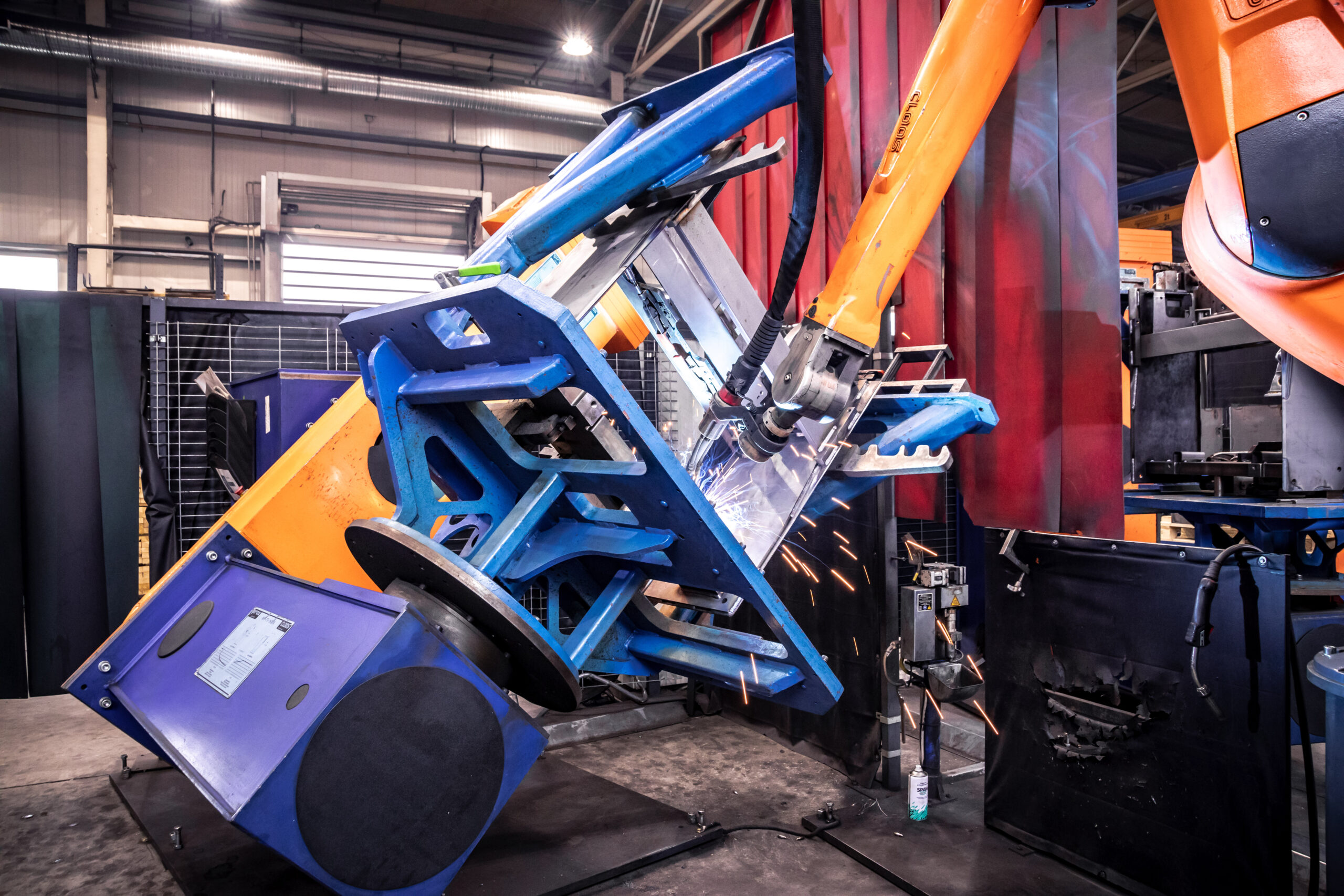INVESTING IN WELDING ROBOTS
In smaller manufacturing plants, robotic welding is still not the standard. For companies, this is a significant investment that must be carefully considered. At Felgenhauer, the decision to purchase another device is often made as early as the offer preparation stage.
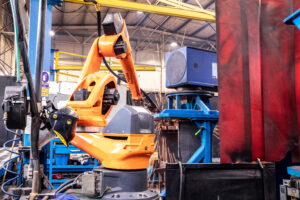

Advantages of Robotic Welding
The benefits of investing in welding robots are experienced by both the company fulfilling the order and its clients:
“Although the actual welding time with a robot is comparable to manual work, the time between operations—such as changing or rotating a part—is reduced. Humans perform these tasks more slowly and can get tired, whereas a robot can work non-stop, 24 hours a day,” explains Rafał Baziak, Head of Welded Structures and Chief Welder at Felgenhauer.
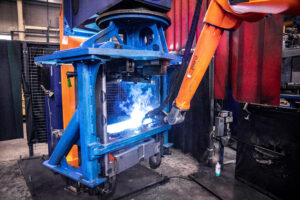
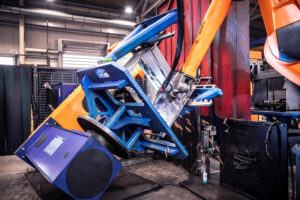
Disadvantages of Automation
So why don’t we see robots in every production hall?
The answer usually comes down to one thing: costs. These stem from the need for:
Felgenhauer has its own tool shop responsible for designing, manufacturing, and maintaining auxiliary tools, which significantly streamlines this part of the work.
Investing in Welding Robots
Welding robots will perform identical movements for each operation, using constant parameters, which means the quality of the welds will always be the same, regardless of the conditions.
Nevertheless, every product at Felgenhauer, whether welded manually or by robot, undergoes a quality control process.

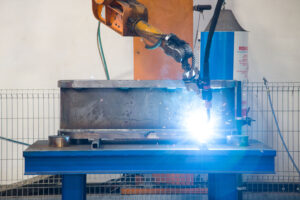

Additionally, when robotic welding is used, destructive testing of the first piece is often performed. This allows us to examine the weld structure and check for defects. Such a product cannot be sent to the client, but it gives certainty that the entire batch will meet—or even exceed—expectations.

“For technological reasons, the dimensional accuracy used is sometimes higher than required by the client. As a result, the final product quality is better than initially expected,” says Rafał Baziak.
The Impact of Robotization on Employment
“If, at our current production pace, we employed as many workers per car as we did in the beginning, in 1903, and those people were only assigned to assembly, we would need more than a two-thousand-man army today.”
– Henry Ford, My life and Work
The labor market cannot always keep up with the needs of manufacturing companies. This is true for welders—a profession that has become scarce. Finding a qualified and experienced welder is a challenge.
Therefore, welding robots are not about replacing specialists, but about solving the problem of their shortage. Automating this process does not mean people are no longer needed. Rather, employees with different qualifications are required. A robot operator does not need the same manual skills as a welder, so recruitment and training are faster and less costly.
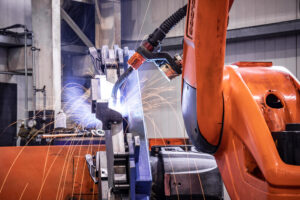

Automated welding is also not suitable for every type of weld. “Even though some welding processes at Felgenhauer have been automated, we still make parts that—due to their size, weld length, or small batch production—require manual labor,” notes Rafał Baziak.
Automating certain processes is necessary for a company that wants to grow and increase production. However, it must be implemented thoughtfully and with proper planning. Maintaining a balance between human and robotic labor can be crucial. Even Elon Musk learned this lesson: one of the greatest proponents of automation saw during the production of the Model 3 that excessive robotization does not always lead to better results. “Yes, excessive automation at Tesla was a mistake. To be precise, my mistake. Humans are underrated,” he stated on social media in April 2018.
Sources:
1. https://x.com/elonmusk/status/984882630947753984
2. https://www.businessinsider.com/elon-musk-says-model-3-production-mistake-was-using-robots-2018-4?IR=T
